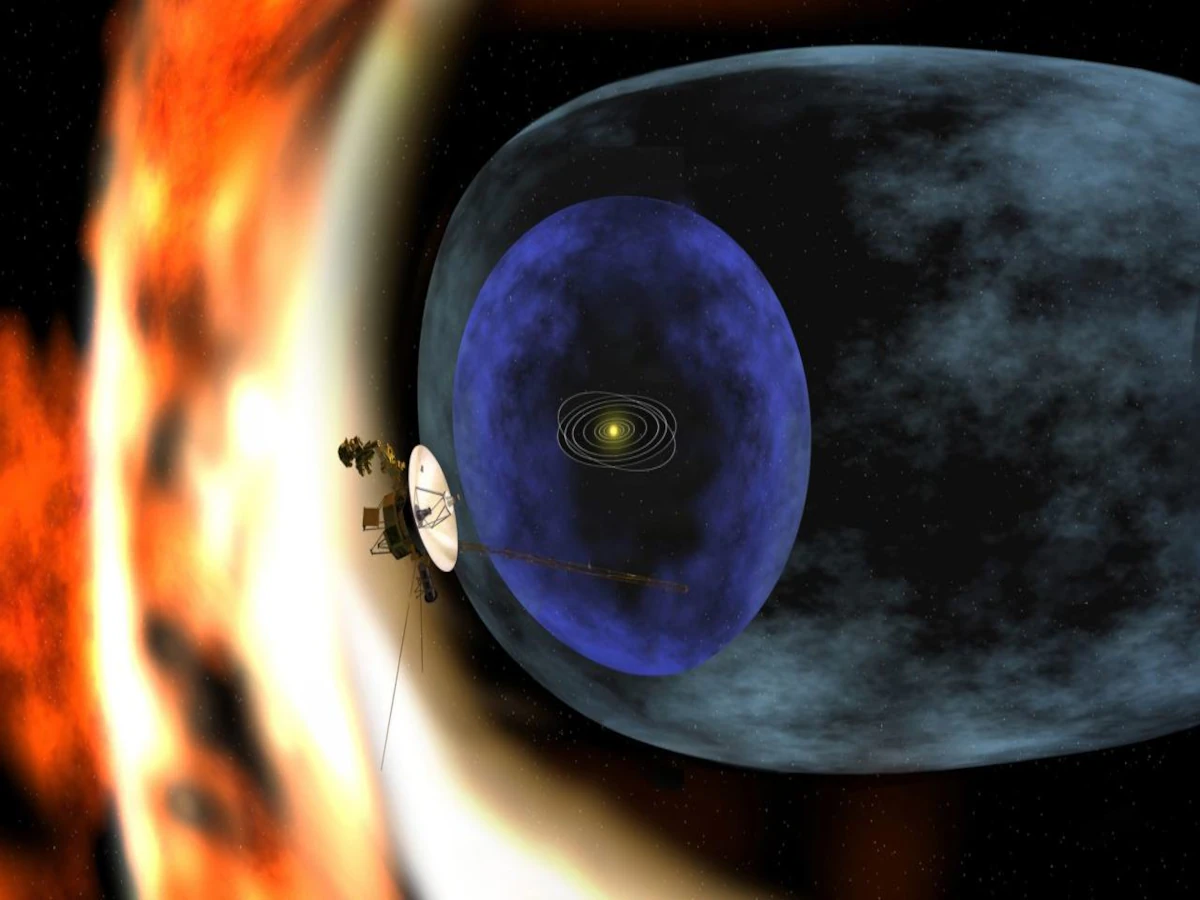By: Andy Gao
On July 21, scientists at NASA sent the wrong command to Voyager 2, causing the antennas to rotate, making the spacecraft lose connection with Earth. Their mistake left scientists panicking and the satellite unreachable for half a month.
On August 4, Voyager 2 reconnected with Earth after using the world’s most powerful deep space transmitter, located in Australia. The signal allowed for antennas on Voyager 2 to be repositioned to communicate properly.
Voyager 2, the spacecraft in question, was launched by NASA on Aug. 20, 1977. Since then, Voyager 2 has traveled over 12.5 billion miles into outer space, providing data for scientists to study.
Over the past 46 years, the spacecraft stayed in contact with Earth. That all changed on July 21st, when a wrong signal caused the antenna to rotate 2 degrees away from Earth. This wrong command caused the ground to lose contact with Voyager 2.
The mission team quickly devised a plan to contact Voyager 2 before October, when the antennas would recalibrate. Using the Deep Space Network, a worldwide system of radio dishes, NASA was able to detect a signal from Voyager 2. The signal gave the NASA team hope but did not promise recalibration as the heartbeat was faint.
It “was upsetting and worrisome,” said Suzanne Dodd, the project manager for Voyager 2. (The New York Times, 2023)
Nevertheless, the team at NASA continued their attempts to contact Voyager 2. During the best conditions, when the antennas would be the closest in line with Earth, they attempted to send a signal to reposition the antennas using a Deep Space Network radio dish in Canberra, Australia.
As the spacecraft is in interstellar space, communications can take quite a long time. It takes 18.5 hours one way to contact Voyager 2. The team had to wait 37 hours for the results. According to Dodd, the waiting period “was pretty nerve-wracking. You don’t sleep well.” (The New York Times, 2023)
The crew felt nervous, “waiting on pins and needles to hear back from Voyager 2, to see if the command was successful,” stated Linda Spilker, a planetary scientist at the Jet Propulsion Laboratory and the lead mission scientist for Voyager 2. “It was all hands on deck.”(The New York Times, 2023)
The long wait paid off. Voyager 2 was back communicating with Earth for the first time in over 2 weeks. “I just sort of sighed. I melted in the chair,” said Dodd. (LA Times, 2023)
NASA reported that the spacecraft was functioning properly and reporting as usual. Voyager 2 and its brother Voyager 1 “are truly remarkable in their longevity,” Dodd said. “They’re like the spacecraft with nine lives.” (The New York Times, 2023)
The crew at NASA, including Linda Spilker, a planetary scientist at the Jet Propulsion Laboratory and the lead mission scientist for Voyager 2, are thrilled.
“After two weeks of not hearing anything, we’re back to getting unique data from the interstellar medium,” Spilker said. (The New York Times, 2023)
Sources:











